Cervelo S5 aero road bike relaunched for 2015
New updated top-end S5 aero road platform unveiled at Eurobike
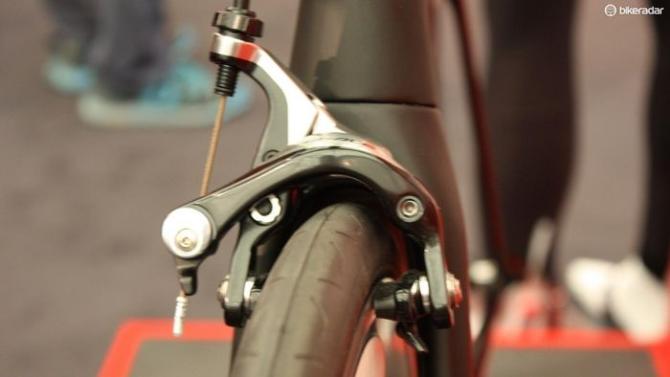
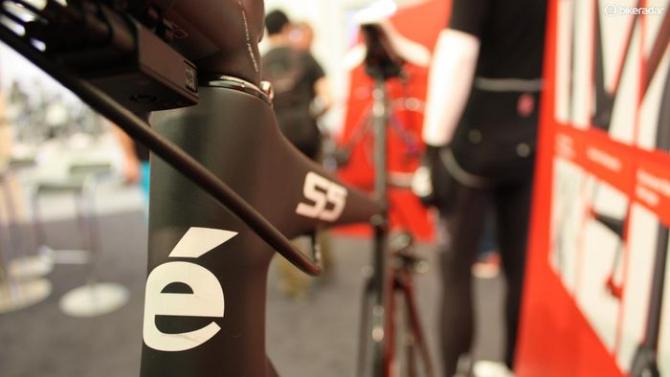
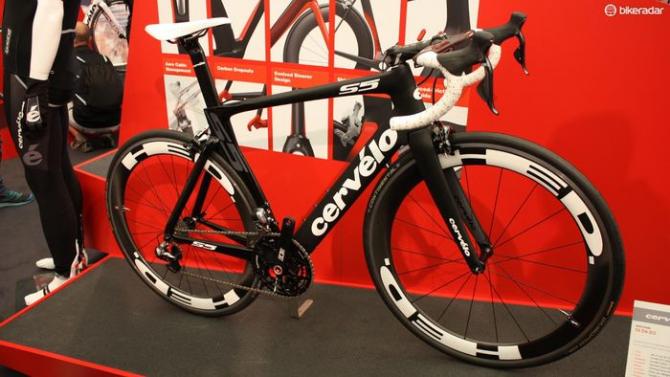
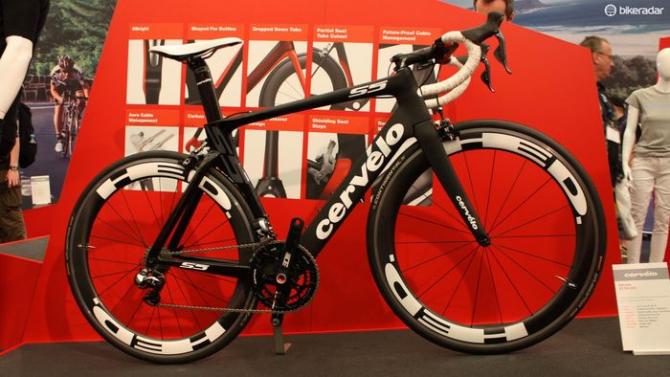
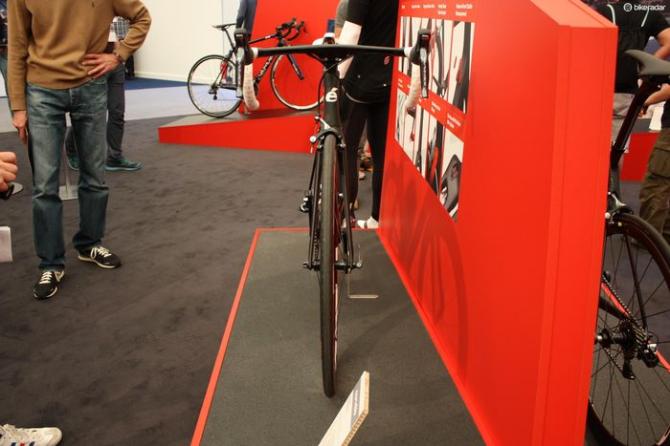
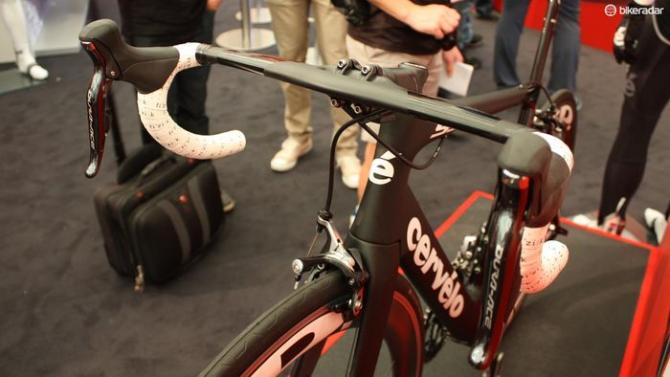
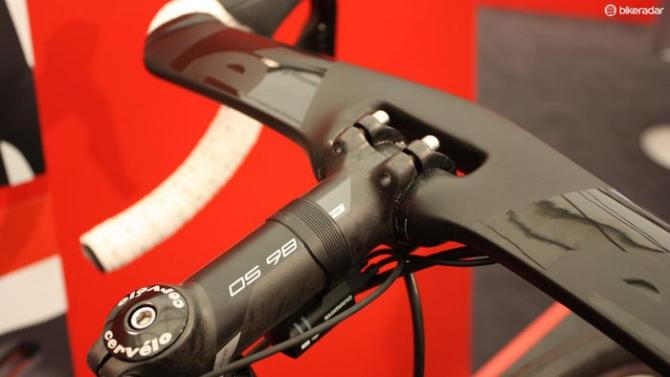
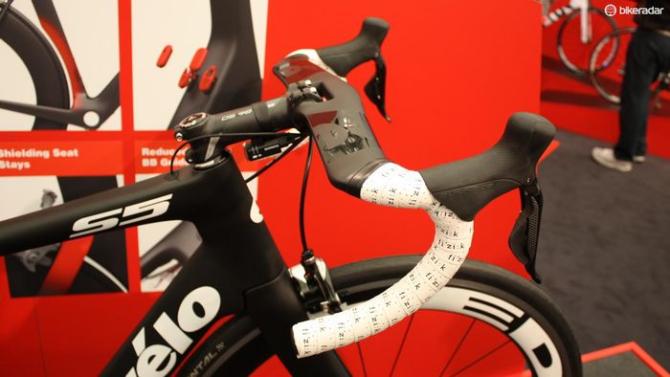
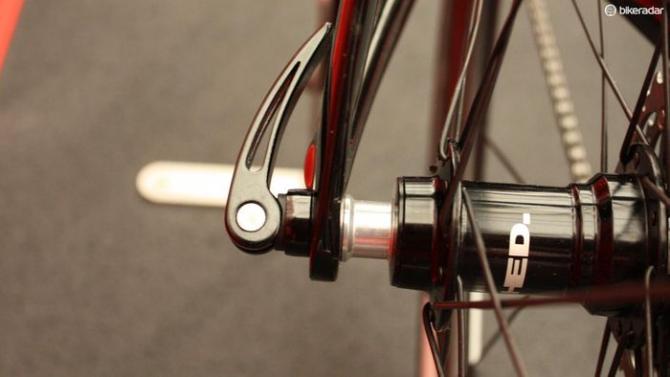
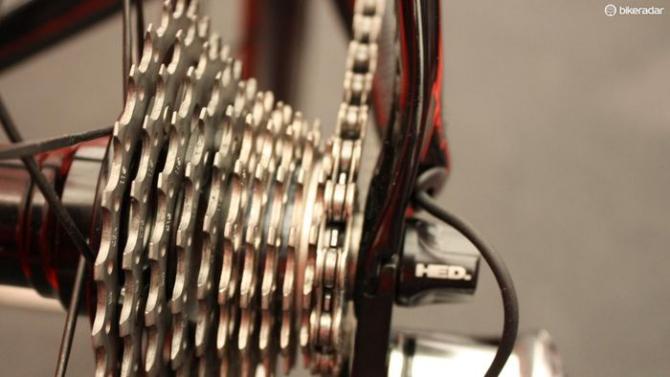
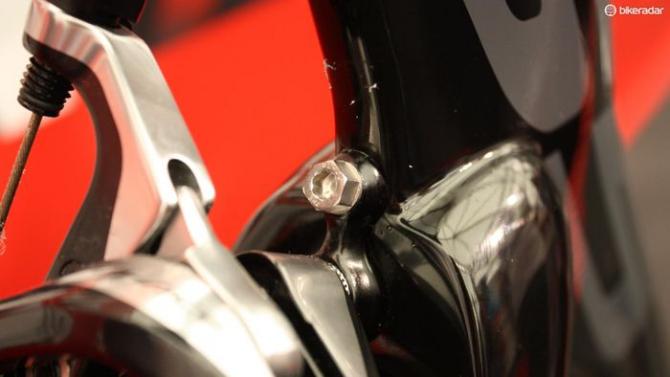
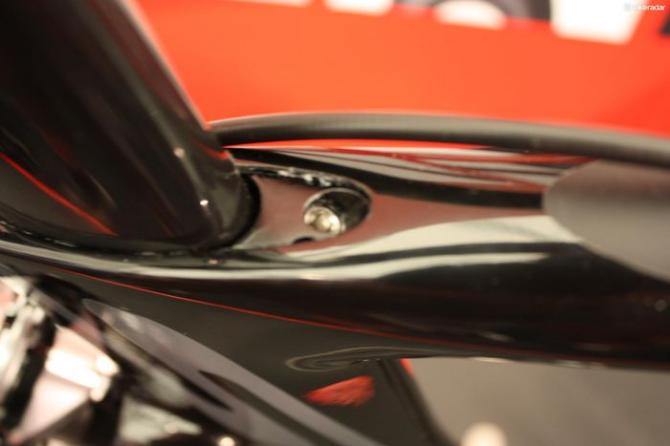
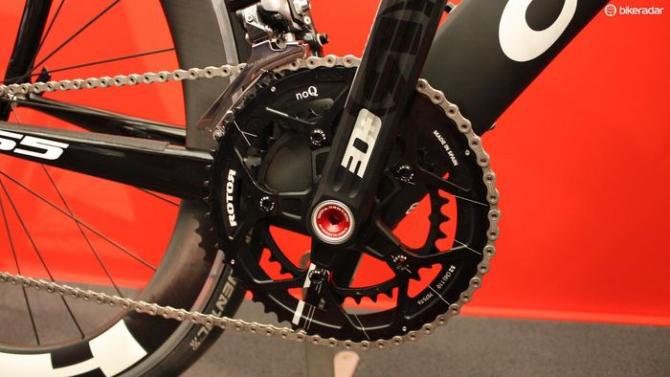
This article originally appeared on BikeRadar
Cervelo has updated its S5 aero road bike for 2015, with 31 improvements over the old Cervelo S5 VWD model. These include an increase in stiffness of 35 per cent – making it as stiff as the R-series – and a saving of 21.3 watts at 40km per hour, while keeping the frame weight down to 1,065g.
Cervelo S5 2015 frame changes
From a side-on perspective, the new S5 frame looks fairly similar to the old version, but Cervelo has made several changes during the redevelopment of its flagship aero road platform. Through wind tunnel experimentation, Cervelo found that a wider front-end performed better aerodynamically, so the frontal area is now slightly larger, with a wider fork sporting 25mm tyre clearance and a broader head tube, allowing the use of a tapered steerer. The overall stack height has been lowered a little too, to allow more aggressive riding positions.
Another aerodynamic study conducted by the Canadian company found that top tubes and chainstays have no effect on the drag of the frame, so the new S5 has exactly the same tubes here as the R5CA. This also means the rear derailleur cable exits from the end, right next to the mech. The seat tube has also been widened, with Cervelo starting at the UCI minimum and building out until it hit an aerodynamic sweet spot.
The seatpost itself comes with a 20mm offset, while a two-position version is also available that offers 0 and 40mm setups. There's also the option of a taller clamp for thicker carbon braided rails.
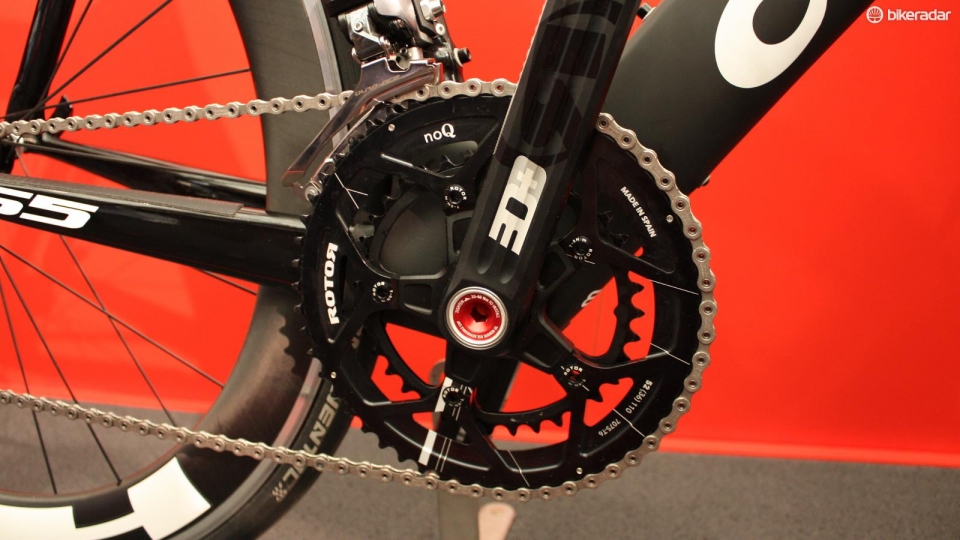
The S5 uses Cervelo's BBright standard, which allows an asymmetric frame design
Get The Leadout Newsletter
The latest race content, interviews, features, reviews and expert buying guides, direct to your inbox!
Cervelo has done away with the internal guide tubes for the hidden cables, instead lengthening the trailing edge of the head tube and using a plastic guide to feed the cables though with no kinking to affect shifting performance. The frame is also compatible with electronic and mechanical setups. Cervelo has chosen to use Shimano's long cyclindrical seatpost battery for Di2, but this is housed in the down tube.
The BBright bottom bracket means the frame is tailored asymmetrically for stiffness and this carries to the seatstays too. The non-driveside stay meets the axle in as straight a line as possible while the driveside features a slight kink outwards, which Cervelo says allows extra clearance for the dynamic movement of shifting gears.
New bars
The S5's radical new aero drop bars were tested by Cervelo as being the most aerodynamic on the market.
They fit a standard 31.8mm stem and Cervelo says that a regular stem actually tested faster than an aero one – and that adding a Garmin to the top of the stem made things faster still. The bars are also available as an aftermarket component for US$400.
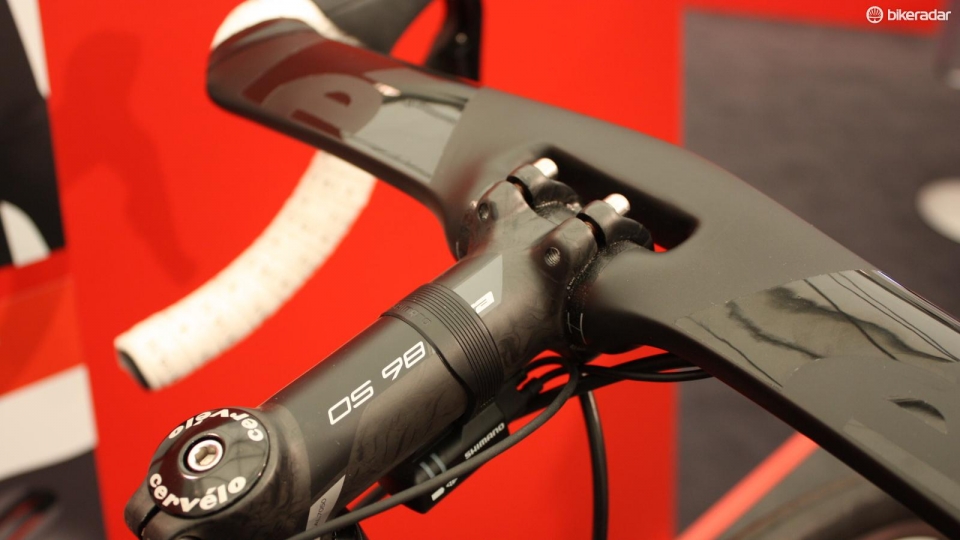
The bars clamp to a standard stem, which Cervelo found to be faster than an aero model
Wheels and spec
Cervelo is speccing the same frame and forks on all three versions of the new S5 and are using HED Jet+ wheels as standard on the Dura-Ace and Dura-Ace Di2 models, with the mechanical Ultegra model being supplied with Mavic Cosmic 30mm training wheels. Cervelo says the use of the Jet+ wheels, with their aluminium brake track, means that the rim itself is thinner, allowing the clincher tyres to sit very slightly further apart than on a carbon clincher, which flattens the tyre to improve aerodynamics.
The bike uses standard Shimano brakes, with the rear brake being secured via a simple bolt-on housing. First seen on the original P3C, this has been tweaked for even easier mechanics. Cervelo says that mounting the rear brake in its traditional position at the top of the seat stays is easier to maintain and also means less chance of wheel rub as this area of the bike deforms in sympathy with the wheel's rim when under stress, whereas the under-the-chainstays section doesn't.
The S5 redesign features a greater surface area than before, but the removal of the guide tubes and utilisation of the carbon layup techniques used on the R5CA mean the frame weight remains around the same level as before at 1,065g – perhaps a little hefty when placed against some other new aero road machines, but with the weight going towards a claimed saving of 21.3 watts at 40km per hour, plus a 35 per cent increase in stiffness, it hardly seems like a penalty.
We'll update with full international pricing and component specs soon.